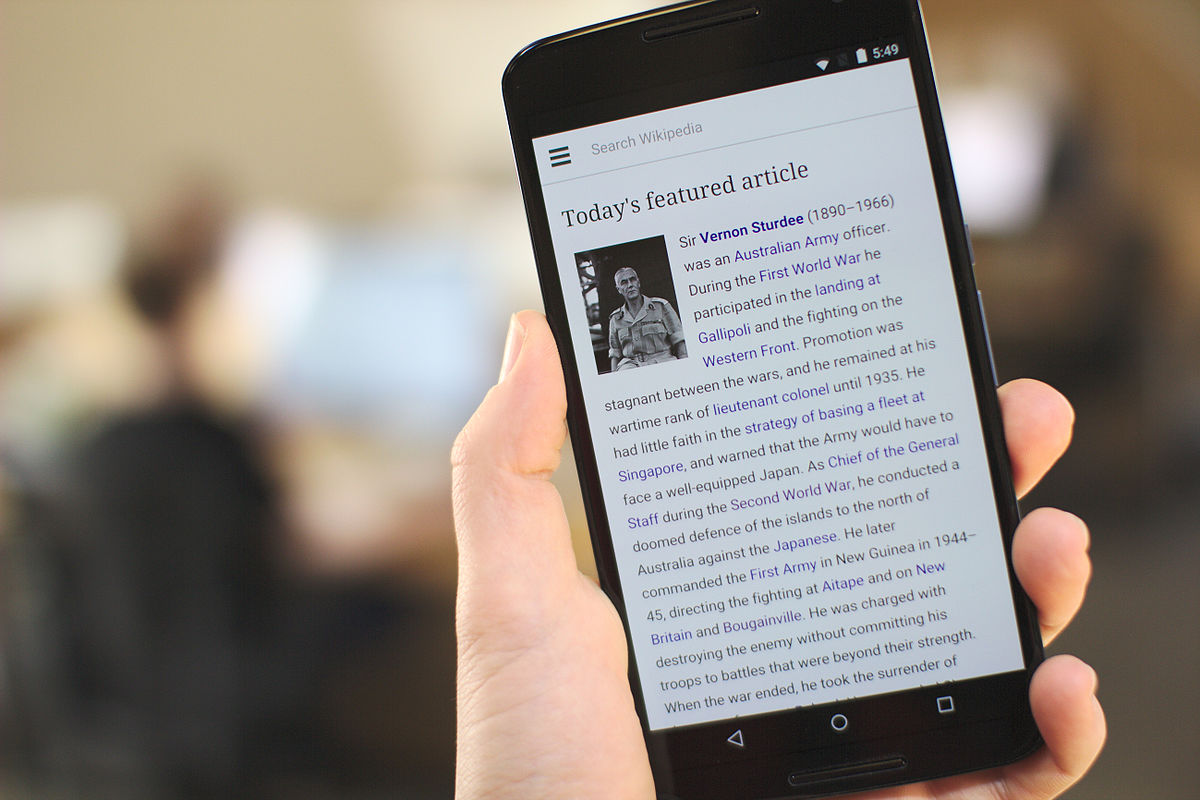
Introduction
Smartphones have become an integral part of daily life. With Android, Google's open-source operating system, the way we interact with devices has changed significantly. For those transitioning from older devices or preferring a straightforward interface, compatibility with systems like Nokia's Asha series can be crucial. This guide provides an overview of top Android phones compatible with the Nokia Asha series, helping you make an informed decision.
What is Nokia Asha?
Before exploring compatible Android phones, understanding Nokia Asha is essential. The Nokia Asha series was a line of budget-friendly mobile phones developed by Nokia, primarily targeting emerging markets. Known for simplicity, affordability, and user-friendly interface, these devices often featured a physical QWERTY keyboard, a significant selling point for many users.
Why Choose Android?
Android offers a wide range of customization options and flexibility. It supports various devices, from budget-friendly options to high-end flagships. Here are some reasons to choose an Android phone:
- Customization: Extensive options allow users to personalize home screens, lock screens, and notification shades.
- App Ecosystem: The Google Play Store provides access to millions of apps, including popular titles and niche applications.
- Hardware Variety: Supports a wide range of hardware configurations, fitting various budgets and needs.
- Security: Regular updates and robust security features like Google Play Protect have significantly improved Android's security.
Top Android Phones Compatible with Nokia Asha
Xiaomi Redmi 9
The Xiaomi Redmi 9 is an excellent entry-level Android smartphone offering impressive performance at an affordable price. Key features include:
- Display: 6.5-inch HD+ display with a resolution of 720×1600 pixels.
- Processor: Powered by the MediaTek Helio G35 processor, providing smooth performance for everyday tasks.
- RAM & Storage: Available in configurations like 3GB RAM + 32GB storage and 4GB RAM + 64GB storage.
- Camera: Rear camera setup includes a 13MP primary sensor, a 2MP macro lens, and a 2MP depth sensor. The front camera is an 8MP sensor.
- Battery Life: Large 5000mAh battery supporting fast charging.
- Software: Runs on Android 11 out of the box, expected to receive updates up to Android 13.
Samsung Galaxy A12
The Samsung Galaxy A12 is another budget-friendly Android smartphone offering great value. Key features include:
- Display: 6.5-inch HD+ display with a resolution of 720×1600 pixels.
- Processor: Powered by the MediaTek Helio P35 processor, providing decent performance for everyday tasks.
- RAM & Storage: Available in configurations like 3GB RAM + 32GB storage and 4GB RAM + 64GB storage.
- Camera: Rear camera setup includes a 48MP primary sensor, a 5MP ultra-wide-angle lens, a 2MP macro lens, and a 2MP depth sensor. The front camera is an 8MP sensor.
- Battery Life: Large 5000mAh battery supporting fast charging.
- Software: Runs on Android 11 out of the box, expected to receive updates up to Android 13.
Realme C3
The Realme C3 is another budget-friendly Android smartphone offering impressive performance. Key features include:
- Display: 6.5-inch HD+ display with a resolution of 720×1600 pixels.
- Processor: Powered by the MediaTek Helio G70 processor, providing smooth performance for everyday tasks.
- RAM & Storage: Available in configurations like 3GB RAM + 32GB storage and 4GB RAM + 64GB storage.
- Camera: Rear camera setup includes a 12MP primary sensor and a 2MP macro lens. The front camera is a 5MP sensor.
- Battery Life: Large 5000mAh battery supporting fast charging.
- Software: Runs on Android 10 out of the box, expected to receive updates up to Android 12.
Nokia 3.4
The Nokia 3.4 is a mid-range Android smartphone offering a balance of performance and affordability. Key features include:
- Display: 6.26-inch HD+ display with a resolution of 720×1600 pixels.
- Processor: Powered by the Qualcomm Snapdragon 460 processor, providing decent performance for everyday tasks.
- RAM & Storage: Available in configurations like 3GB RAM + 32GB storage and 4GB RAM + 64GB storage.
- Camera: Rear camera setup includes a 13MP primary sensor, a 5MP ultra-wide-angle lens, and a 2MP depth sensor. The front camera is an 8MP sensor.
- Battery Life: Large 4000mAh battery supporting fast charging.
- Software: Runs on Android 10 out of the box, expected to receive updates up to Android 12.
Compatibility Considerations
When choosing an Android phone compatible with Nokia Asha, consider these factors:
- Operating System: Ensure the Android phone runs on a version compatible with your Nokia Asha device. Most modern Android phones run on Android 11 or later.
- Hardware Compatibility: Check if the Android phone's hardware is compatible with your Nokia Asha device, including the USB port.
- Software Updates: Consider the manufacturer's software update policy. Ensure the phone will receive regular updates.
- User Interface: If used to the simplicity of Nokia Asha, prefer an Android phone with a straightforward interface. Look for devices with minimal bloatware and easy-to-use settings.
Final Tips
- Backup Data: Before switching to a new Android phone, backup all data from your Nokia Asha device.
- Explore Features: After choosing your new Android phone, take time to explore its features and settings.
- Update Regularly: Regularly update your Android phone to ensure it remains secure and functional.
- Seek Support: If encountering issues while transitioning from Nokia Asha to an Android phone, seek support from the manufacturer or online forums.
By following these tips and considering the factors outlined, you'll enjoy a seamless transition to an Android smartphone compatible with your Nokia Asha device.
